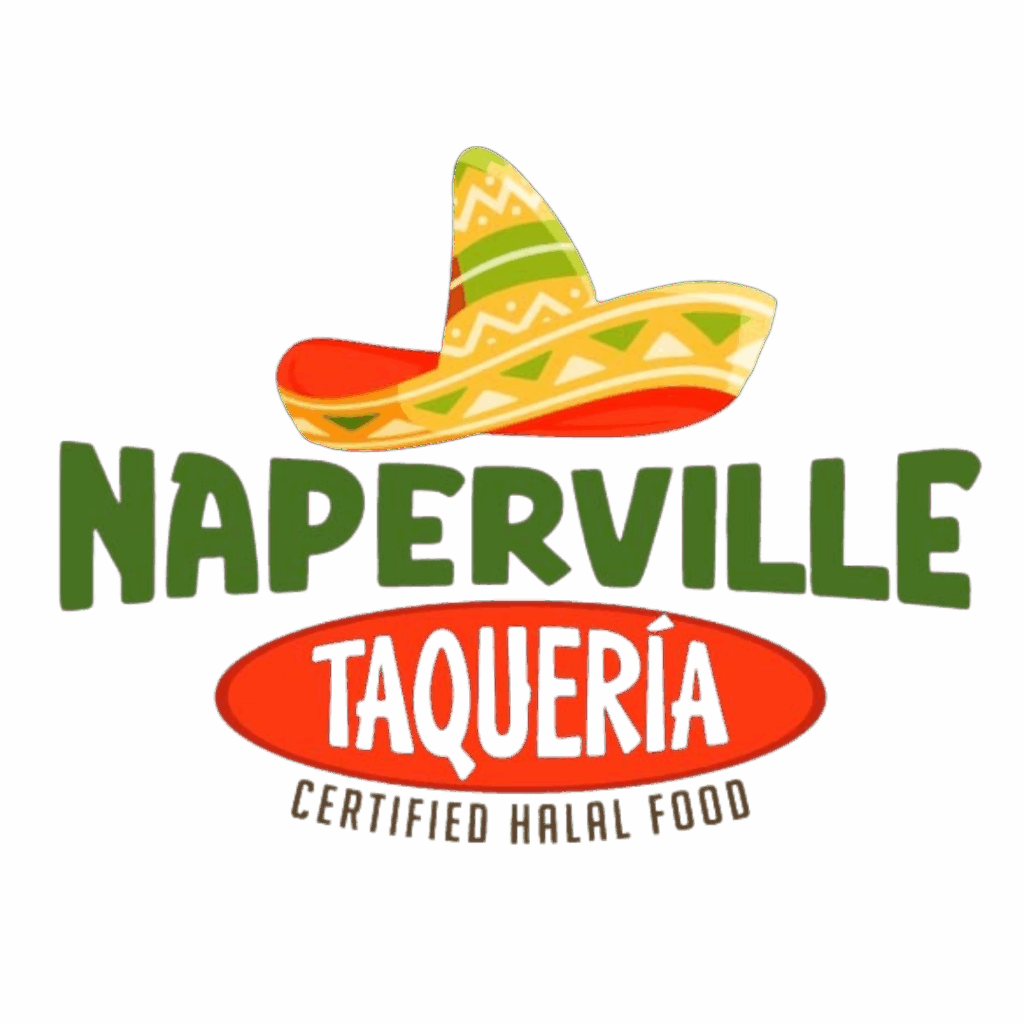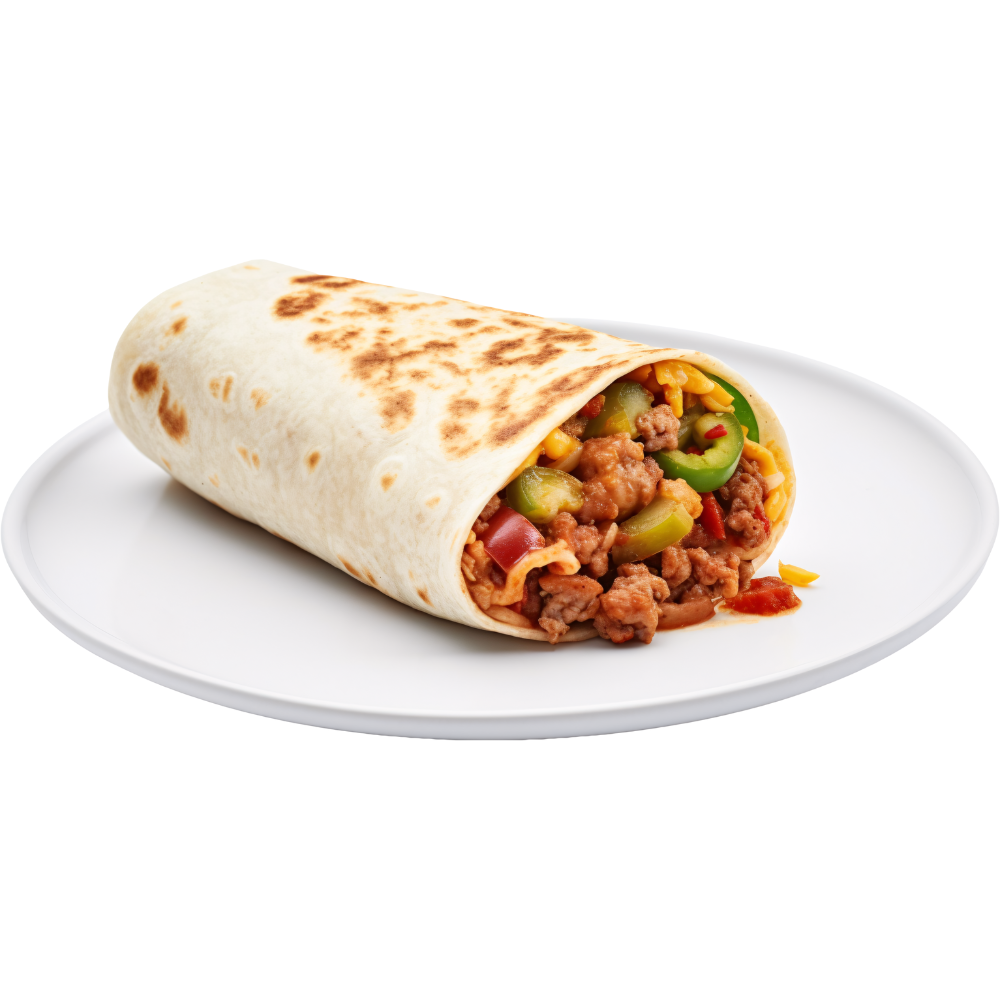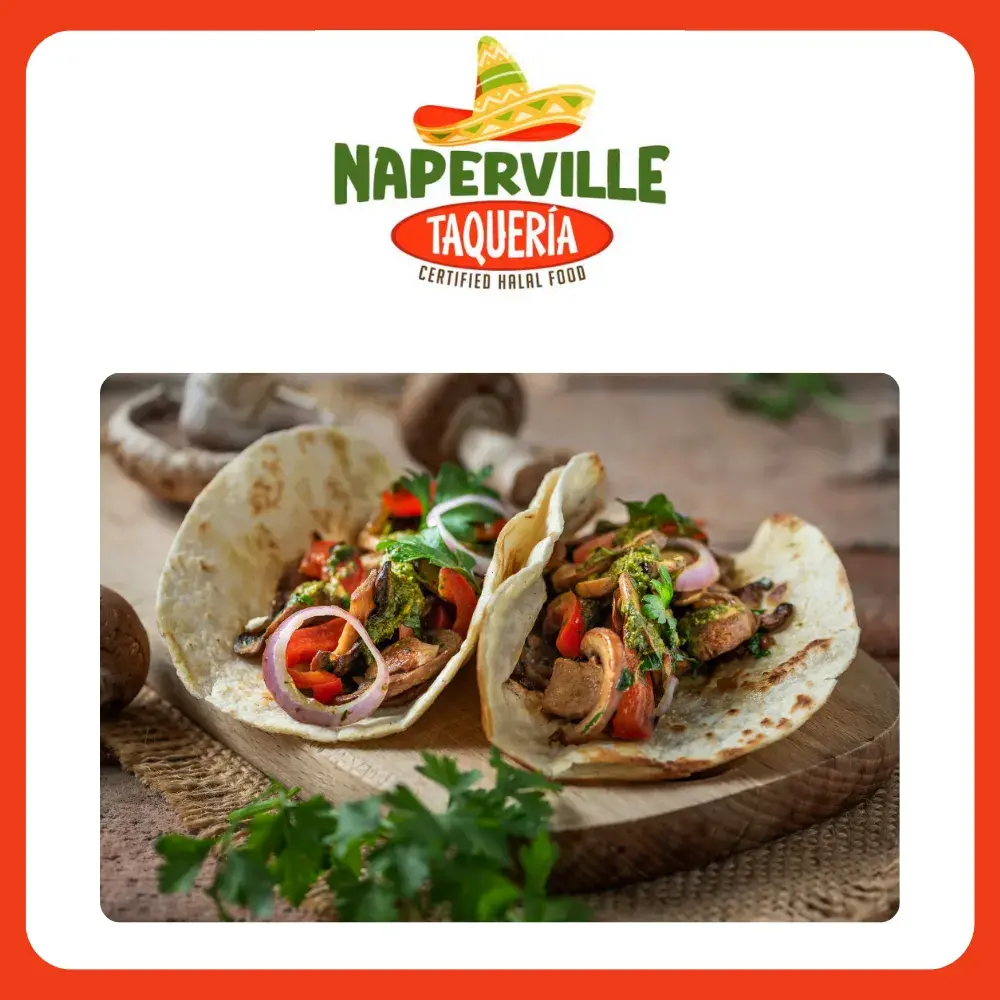The burrito, a simple yet profound staple of Mexican cuisine, has traversed borders and cultures, evolving into a global culinary phenomenon. This exploration unravels the rich tapestry of the burrito’s history and its dynamic evolution, providing insights into how this humble dish became an iconic symbol of flavor and versatility.
The Historical Roots of the Burrito
Delving into the origins of the burrito, we find ourselves in the heart of Mexico. The term ‘burrito,’ meaning ‘little donkey’ in Spanish, is believed to have multiple origin stories. Some narratives trace it back to the Mexican Revolution, where a vendor named Juan Méndez used a donkey to transport his food, wrapping the meals in large homemade flour tortillas to keep them warm. This innovation, born out of necessity, marked the inception of the burrito as we know it.
Others argue that the burrito’s roots are embedded in the practices of the Mesoamerican peoples, who used corn tortillas to wrap foods, with fillings like chili peppers, tomatoes, mushrooms, squash, and avocados. While the exact origin is debated, what remains clear is the burrito’s deep connection to Mexican culture and history, embodying the fusion of indigenous and Spanish influences.
The Evolution of the Burrito
The journey of the burrito from a regional specialty to a global favorite is a testament to its adaptability and universal appeal. As Mexican migrants traveled to the United States, particularly to areas like California and Texas, they brought the burrito with them, introducing this culinary delight to a new audience.
In the United States, the burrito underwent significant transformations, leading to the creation of variants such as the ‘California burrito’ and the ‘Tex-Mex burrito.’ The former often includes ingredients like French fries and avocado, while the latter is typically heavier on meats and cheeses, diverging from the traditional Mexican version, which focuses on simpler, fresher ingredients.
These regional adaptations highlight the burrito’s versatility, allowing it to cater to diverse palates and preferences. Today, the burrito is not just a dish but a canvas for culinary creativity, embracing flavors from around the world.
The story of the burrito is far from over. Its ability to blend traditions, cultures, and flavors continues to endear it to food lovers globally. From its humble beginnings in Mexico to its status as a staple in fast-food chains and gourmet restaurants alike, the burrito stands as a symbol of culinary innovation and cultural exchange. As we unwrap the layers of its history, the burrito reminds us that food is not just sustenance but a story of communities, traditions, and evolution. The burrito, in all its forms, remains a beloved dish, inviting us to explore and enjoy the richness of its flavors and the depth of its history.







